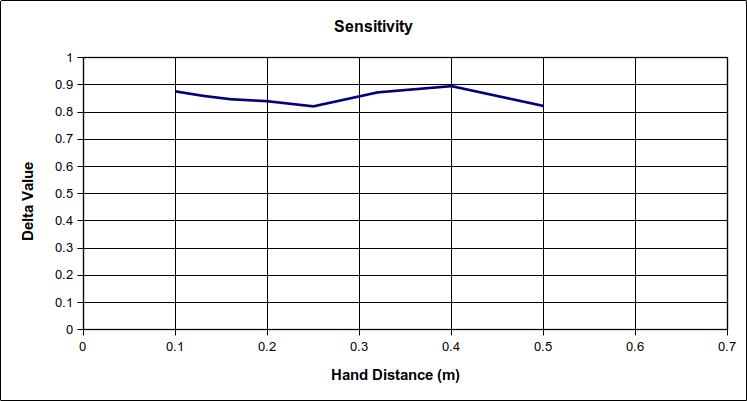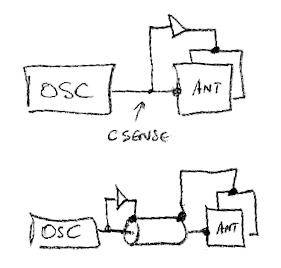"Was excited to chat with Eric yesterday and dive a little bit into D-Lev hacking, I have a thousand micro-projects I'm excited to try with it once i can build a kit." - ekahn
It was a pleasure to meet you too! I think the kit will give you a good functional baseline to work with, and you can remote control most of the features via the serial port if you like.
Random comments below, please don't take them as criticism!:
"* For more manufacturable 'high-end' enclosure components, I have also been itching to try PCBWay's CNC services, as their quality of product has already upended the value game in the PCB space."
It's amazing what you can farm out these days!
"* Aliexpress sells coil winding machines with varying levels of automation at every conceivable price point between $100 and $2000."
For the D-Lev single layer solenoids, I've found that hand cranking gives you the most control over things. Sometimes the wire starts going where you don't want it to go and you need to back things up a bit, and sometimes you want to pause and tighten up 10 or so turns. The actual inductance / turn count isn't all that critical, +/- a few % is achievable by measuring the total turns length. I just drill a small hole at each end and turn to those, and use the holes afterward for the connecting wires (wire-wrap wire).
It would be nice to farm the coils out, or automate it in-house, but I can (literally) crank through 20 or so in a day, so unless production really spikes I'm cool with that.
"* I realize this discards a decent amount of work, but modern chainable / addressable LEDs are cheap, never go out of stock, and come in every form factor you can imagine - they are integral to practically every gamer-marketed RGB-vomit product on the market today. The two main options are derivatives of the WS2812, which use a custom (but ubiquitous) 1-wire serial protocol, and the newer APA102, which uses standard SPI and can update much faster. Although they are likely to push everything over the 5W threshold as they can draw up to 100mA each at full brightness."
Interesting, thanks! The ICs I'm using now are pretty weird, and don't have sufficient dynamic dimming range. I'm doing PWM for inter-LED resolution, but like to use the analog current dimming overall to keep higher current switching to a minimum. Inter-LED PWM means one LED is always on, which helps to even out the load.
"* Re: USB power headroom, you can get to 5V@3A quite easily for the cost of a USB-C connector and two 5.1k resistors, or an inexpensive PD trigger which unlocks 9-20V (fixed or variable, potentially noisier) from most phone or laptop power bricks. Does the current design rely entirely on USB power? I have a hell of a time with ground loops on my bizarre chained hub setup."
Oh, quite interesting! The D-Lev is right at the 0.5A limit, and that's been keeping me from seriously considering a larger FPGA. A real processor would help current draw too, I'd actually like to stay somewhere in the 2.5W or less range just to minimize heating drift, and to allow the use of inexpensive type A chargers.
"* Another big change that might pay off in the long run. For faster iteration on the USB interface / encoder / LCD side of things, it might be worth porting that code to an external interface controller based on a fast, dual-core ARM micro like the Raspberry Pi RP2040 - then the FPGA can focus on audio and communicate all its LED control and USB needs over a hard UART. The 2040 in particular has first-class support for programming via MicroPython, which lets you develop firmware over an interactive serial terminal without even having to flash anything (and of course also supports more traditional C/C++), and the castellated vias on the Pi Pico dev board let you surface-mount it permanently into a product without having to actually solder down the chip."
The direction it's probably headed is FPGA generation of the fields and perhaps encoder input, with a > 1GHZ processor doing everything else. But it's interesting to hear other approaches. One thing that's really nice about the FPGA kitchen sink approach is you have full control over every little thing. Another thing is all the availability risk boils down to one chip - it's rather hair-raising / bewildering having some nothing jellybean part holding up a bunch of builds.
"* The Tang Nano FPGA mentioned by buggins was pretty much unusable to those of us in the English-speaking world just a few months ago, but support for open-source toolchains has blossomed in the time since, presumably driven by demand for affordably priced FPGAs from any vendor. I have a Tang Nano 9K on its way from China and hope to attempt a drop-in board swap for the Altera once everything is up and running."
Thanks! This is something I should be keeping my eyes on too. American FPGA manufacturers have dominated the market for too long, though they have incredible tooling.
* Re: portable and performant librarian design, man lightweight, modern C++ libraries like FTXUI or Dear Imgui make it pretty easy to spin up tooling, especially with the advent of WebAssembly, which let you write an interface once in C++ and have it run natively on any OS or even in the browser. Some have Rust / Go bindings as well.
The librarian Go code is open source, so folks can do what they want with it. I'm personally fine with the command line, but it would be nice to have a more non-tech friendly version for more casual use. I don't have the cycles or even the inclination to research that at this point, but perhaps someone else will take a shine to it and spearhead it. Go has robust cross-platform serial port support.
I very much appreciate your participation in this project ekahn! The FPGA boards you pointed me to are due for delivery on Tuesday, if all goes well you may be able to take a kit home with you after Thanksgiving!



